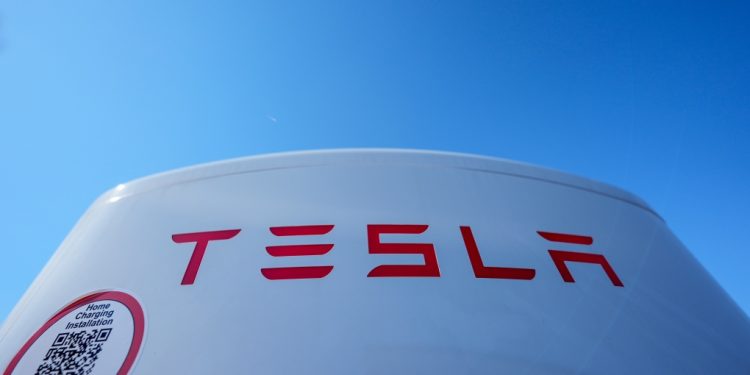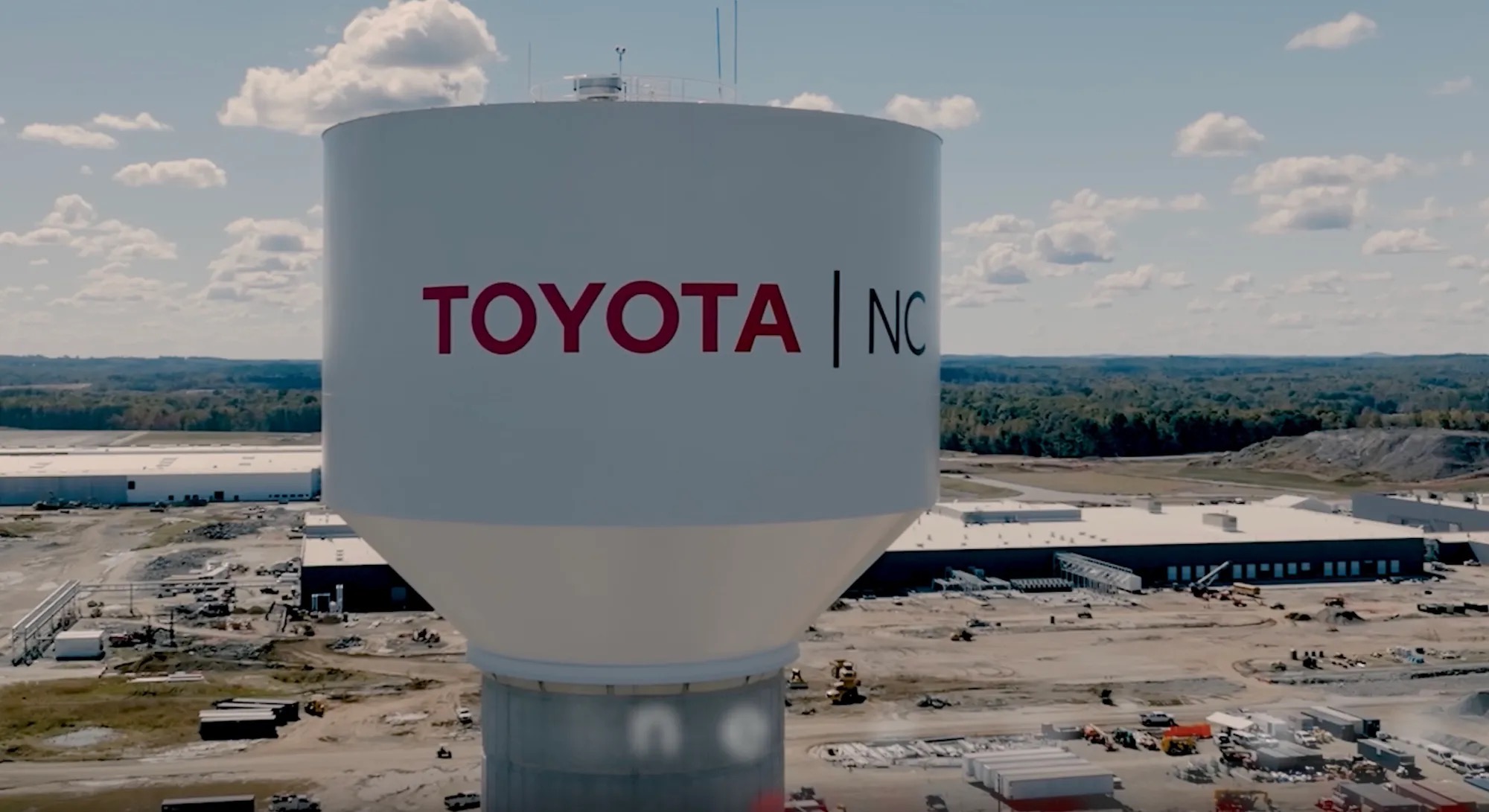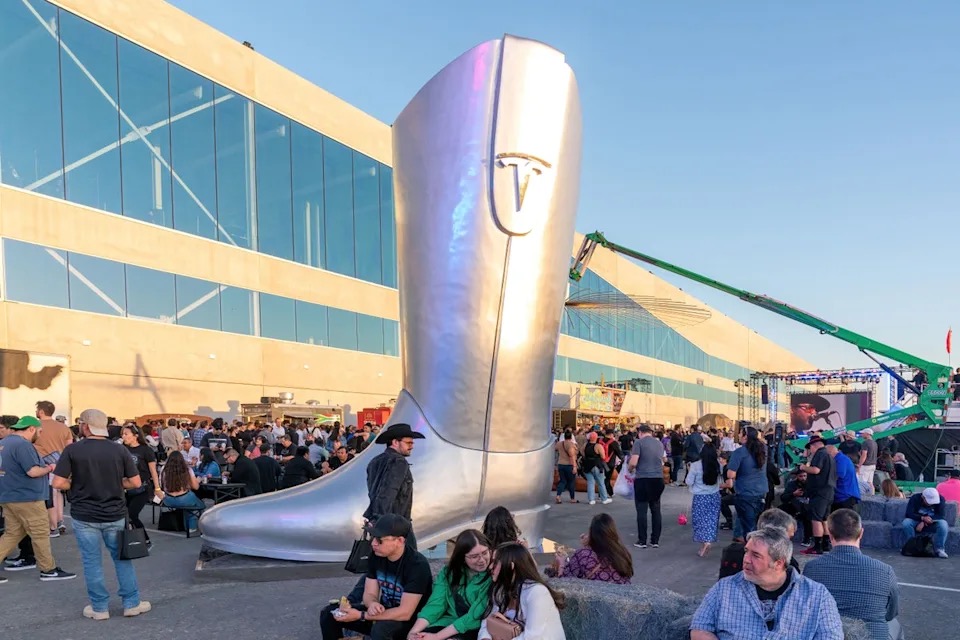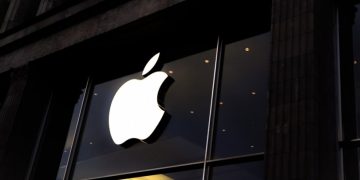Tesla, the world’s most recognizable electric-vehicle manufacturer, is reportedly preparing a major shift in its long-standing software strategy: integrating Apple CarPlay into its vehicles for the first time. The move—if finalized—would mark a significant departure from Tesla’s historically closed ecosystem and could signal a renewed effort to bolster sales amid increasing global competition in the EV market.
For years, Tesla has distinguished itself partly by refusing to adopt third-party infotainment systems, instead relying entirely on its proprietary interface. While this approach gave the company tight control over the user experience, it also frustrated many prospective buyers, especially iPhone users who are accustomed to using Apple CarPlay in nearly every other modern vehicle. With EV options expanding rapidly and consumer choice widening, Tesla appears to be reevaluating its stance.

A Major Shift in Philosophy
Tesla’s software has long been considered a core strength of the brand. Its minimalist dashboard, dominated by a large central touchscreen, serves as the nerve center for everything from navigation and media playback to climate control and driver-assist features. Allowing a third-party system like CarPlay access—even in a limited capacity—would represent the most significant shift in Tesla’s infotainment strategy since the company introduced its in-house system more than a decade ago.
Early reports suggest the company is internally testing a version of Apple CarPlay that would run within Tesla’s existing interface rather than replacing it entirely. This hybrid approach would allow Tesla to maintain its signature look and feel while still offering iPhone users access to the familiar apps and services they rely on. The integration would likely include navigation, music streaming, messaging, and other standard CarPlay functions.
Notably, Tesla is not expected to adopt the newer, more expansive version of CarPlay that Apple introduced in 2022, which is capable of controlling vehicle functions such as climate settings, speedometers, and integrated gauges. Instead, Tesla appears focused on offering a more basic implementation—one that enhances convenience without ceding significant control over the vehicle interface.
Why Now?
Several factors may be pushing Tesla toward this change.
Consumer expectations have evolved dramatically in the past decade. In 2025, smartphone integration is no longer viewed as a luxury but as a core feature of any modern vehicle. Surveys and market studies consistently show that many buyers—particularly younger ones—prioritize seamless connectivity between their phone and car. For iPhone users, the lack of CarPlay has been a persistent frustration with Tesla vehicles.
Competition is intensifying. Automakers around the world—from Ford and GM to Hyundai, Mercedes-Benz, and several Chinese EV brands—now offer CarPlay and Android Auto as standard features across nearly all models. Tesla’s refusal to adopt these systems has become increasingly visible as consumers compare options in a crowded EV market. As rivals enhance their vehicles with ever more advanced tech features, Tesla’s decision to hold out has risked appearing more like stubbornness than innovation.
Sales pressures may also be playing a role. While still a dominant player, Tesla’s growth has slowed as the global EV market matures. New entrants, especially in China, have eroded some of Tesla’s early advantages in price, technology, and manufacturing scale. Adding CarPlay could help widen Tesla’s appeal at a time when customer retention and conversion are more critical than ever.
What It Means for Owners
If Tesla proceeds with the rollout, the move will likely be welcomed by a significant portion of its customer base. CarPlay integration would give drivers access to their preferred navigation apps, messaging platforms, and media services within a standardized interface. For many, this consistency improves safety, familiarity, and ease of use.
At the same time, Tesla is expected to maintain strict boundaries between CarPlay and its proprietary systems. Vehicle-specific controls—such as Autopilot, climate settings, and energy management—are unlikely to be accessible through Apple’s platform. Tesla has built its brand around tight software-hardware integration, and the company is not expected to loosen control over mission-critical functions.
Broader Implications
Tesla’s reported embrace of CarPlay could have ripple effects across the automotive industry. Historically, Tesla’s refusal to adopt third-party infotainment systems influenced some startups and EV companies to pursue their own in-house solutions. Now, Tesla shifting course could signal that the value of deep smartphone integration outweighs the benefits of absolute ecosystem control.
For Apple, the move represents a symbolic victory. CarPlay is already dominant in most markets, but Tesla’s absence has long been a conspicuous gap. Adding support from one of the world’s most influential automakers would reinforce Apple’s position as a defining force in in-car software.
![Tesla Working to Add Apple CarPlay in Major Reversal [Report] - iClarified](https://www.iclarified.com/images/news/99044/470615/470615-640.jpg)
Remaining Questions
While internal testing suggests genuine progress, Tesla has not provided a public timeline for when CarPlay might launch—or even confirmed it publicly. As with many Tesla software features, there is always the possibility that the company could delay or cancel the rollout based on further testing or strategic decisions.
Moreover, it is unclear whether Tesla might eventually add support for Android Auto as well. Doing so would address another large segment of the smartphone market, but early indications suggest Tesla is focused on Apple’s platform for now.
A Turning Point for Tesla’s Identity?
Ultimately, Tesla’s move to add Apple CarPlay represents more than a software update—it signals a broader evolution in the company’s relationship with its user base. By opening the door to the world’s most popular smartphone platform, Tesla is acknowledging that customer preferences matter, even when they come from outside the company’s tightly curated ecosystem.
If successful, the integration could help Tesla reclaim some of the momentum it has lost to competitors and reassure prospective buyers that the company remains responsive to real-world needs. Whether this marks the beginning of a more open Tesla or a one-off concession remains to be seen, but the shift is unmistakably significant.











